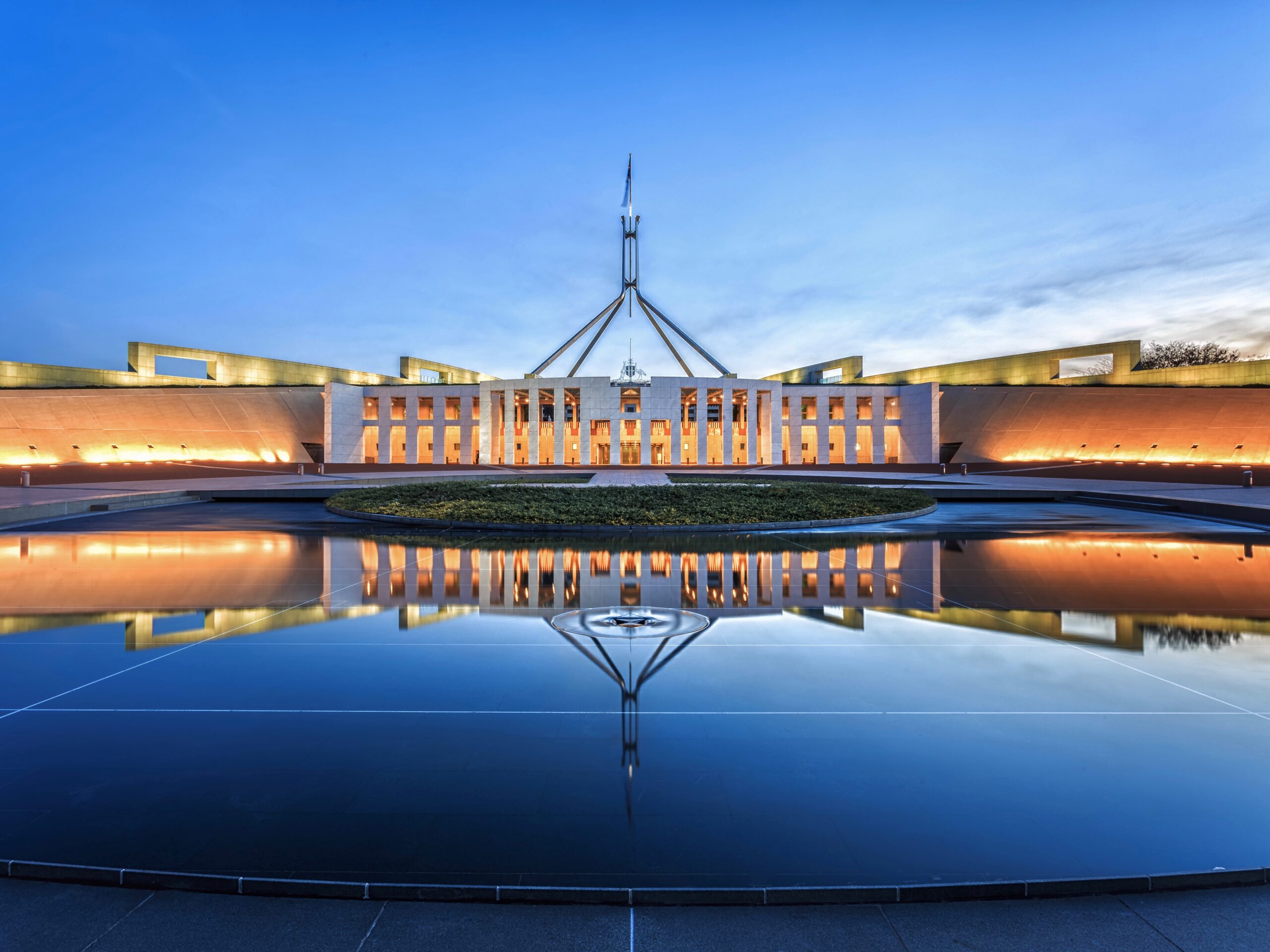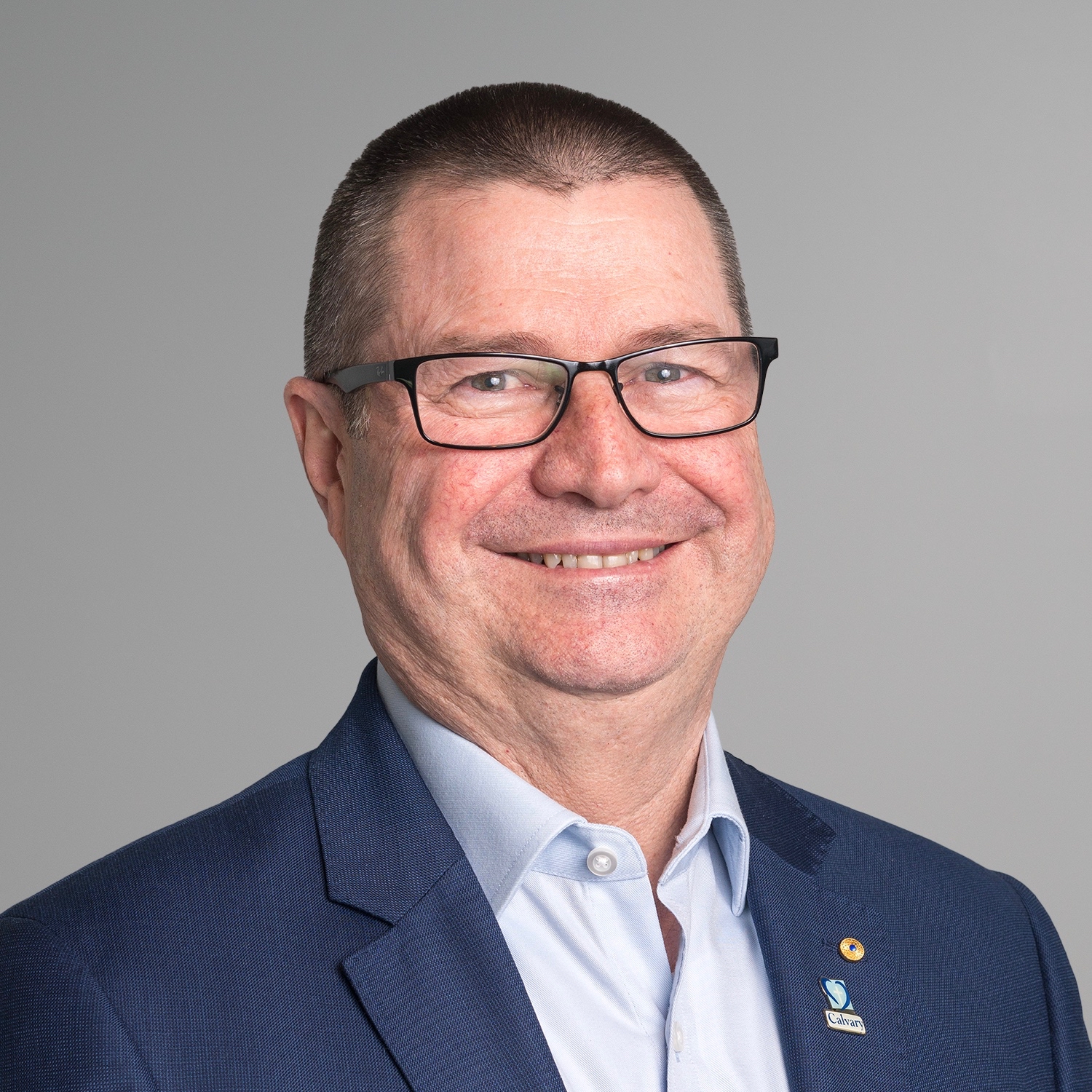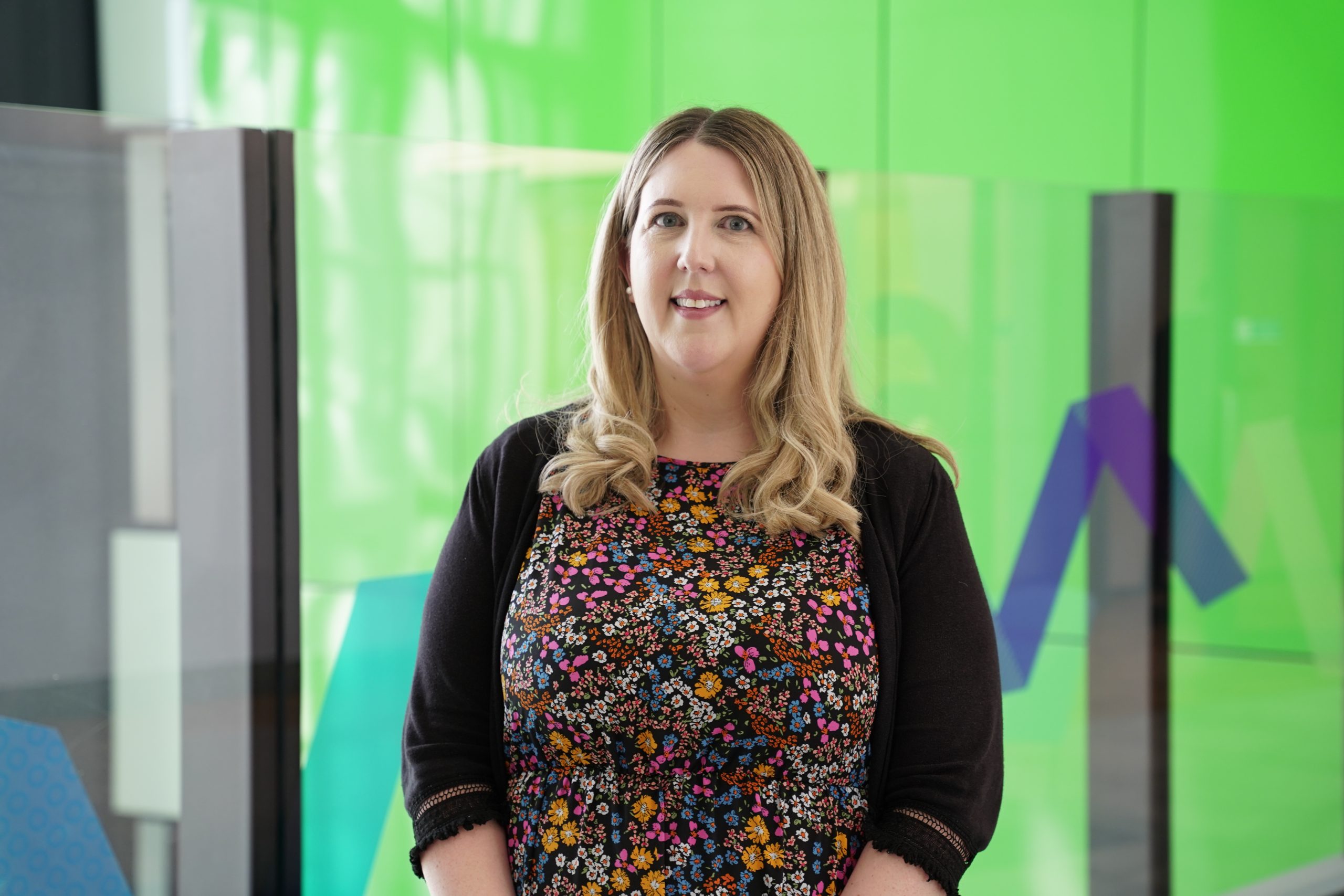Research Australia, the national peak body for health and medical research & innovation, warmly congratulates Prime Minister Anthony Albanese and the Australian Labor Party on its re-election following the 2025 Federal Election.
The health and medical research and innovation sector is a fundamental pillar of a strong Australia, now and for our future – our sector directly contributes to productivity, better health outcomes, reduces costs across the health care system, and creates new industries, including through commercialisation, clinical trials, precision medicine, and digital health.
With more than a quarter of national R&D investment dedicated to health and medical research & innovation, our sector contributes to every aspect of our society.
However, Australia’s researchers and innovators and indeed, researchers across the globe, are working in a rapidly changing landscape. National and global challenges are becoming more complex. The rise of antimicrobial resistance; the impact of climate change on our health and health systems; our ageing population and the challenges to quality of life; and of course, the current fiscal environment for both Australia and the world – which impacts on the cost of healthcare as well as our capacity as a nation to undertake health and medical research.
Investment in Australia’s health and medical research innovation industry is critical.
As Australia’s leading voice for the health and medical research & innovation sector, Research Australia welcomes the opportunity to continue to work collaboratively with the incoming government to advance a strong, innovative, and sustainable future for health and medical research and innovation.
Research Australia was pleased to see the prominence of broader health policy during the election campaign and stands ready to partner in delivering on commitments made to strengthen Australia’s health and medical research and innovation ecosystem. Research, development and innovation underpins the success of the design, implementation and impact of all these election promises.
In order for our sector to thrive, Research Australia continues to call for key reforms including:
• A whole of systems approach to health and medical research & innovation;
• Smarter investment in health and medical research & innovation;
• A supported and diverse workforce;
• Advancing prevention policy.
“On behalf of Research Australia’s Board, we congratulate Prime Minister Albanese and the Labor Government on their election with an increase to their majority. Research Australia stands ready to work collaboratively to realise a stronger, more innovative health and medical research sector that delivers tangible benefits to all Australians,” said Nadia Levin, CEO & Managing Director of Research Australia.
“The 48th Parliament presents a generational opportunity to reform Australia’s R&D system and health and medical research and innovation sector to ensure it is more responsive, sustainable and future-focused.
“With the National Health and Medical Research Strategy and the Strategic Examination of R&D already underway, there is a lot of work for the incoming Government to progress, and I look forward to continuing to partner with government and champion the work of our members across the pipeline with them,” Ms Levin said.
Research Australia will continue to advocate for the priorities outlined in its 2025 Election Statement and work with both our members and the incoming government to realise the full potential of Australia’s world-leading health and medical research & innovation sector because our health and a healthy economy remain the cornerstone of Australia’s future.



